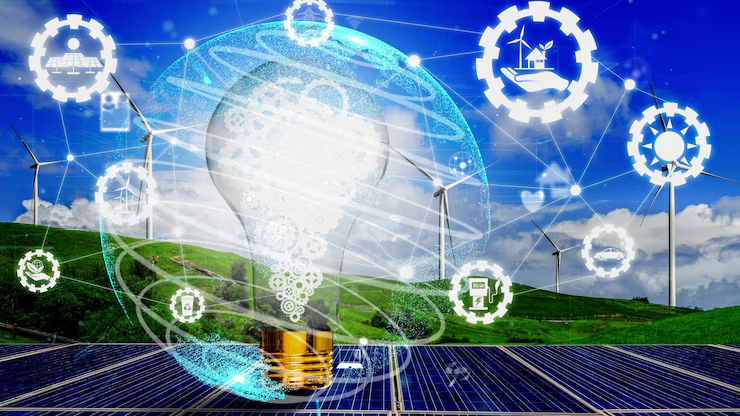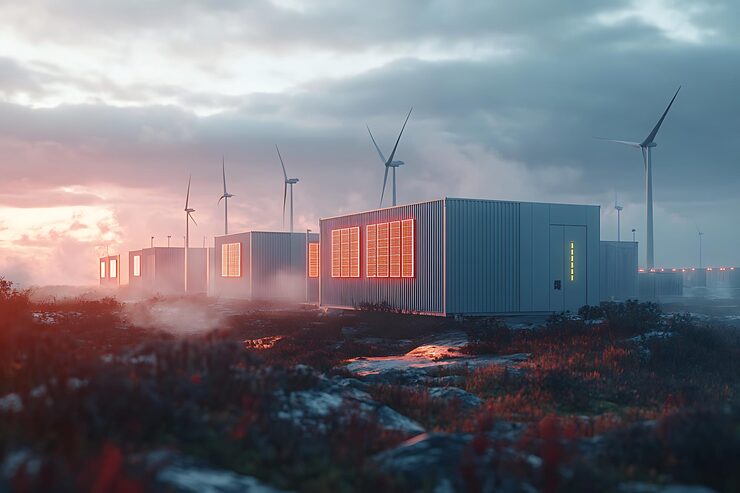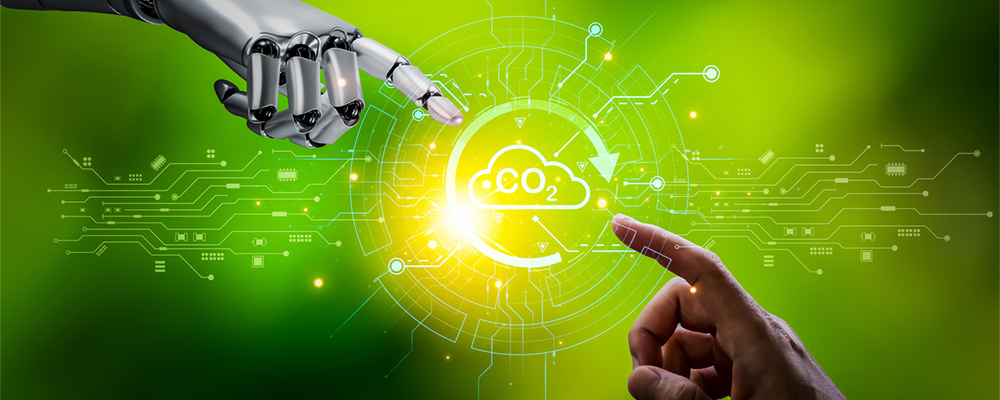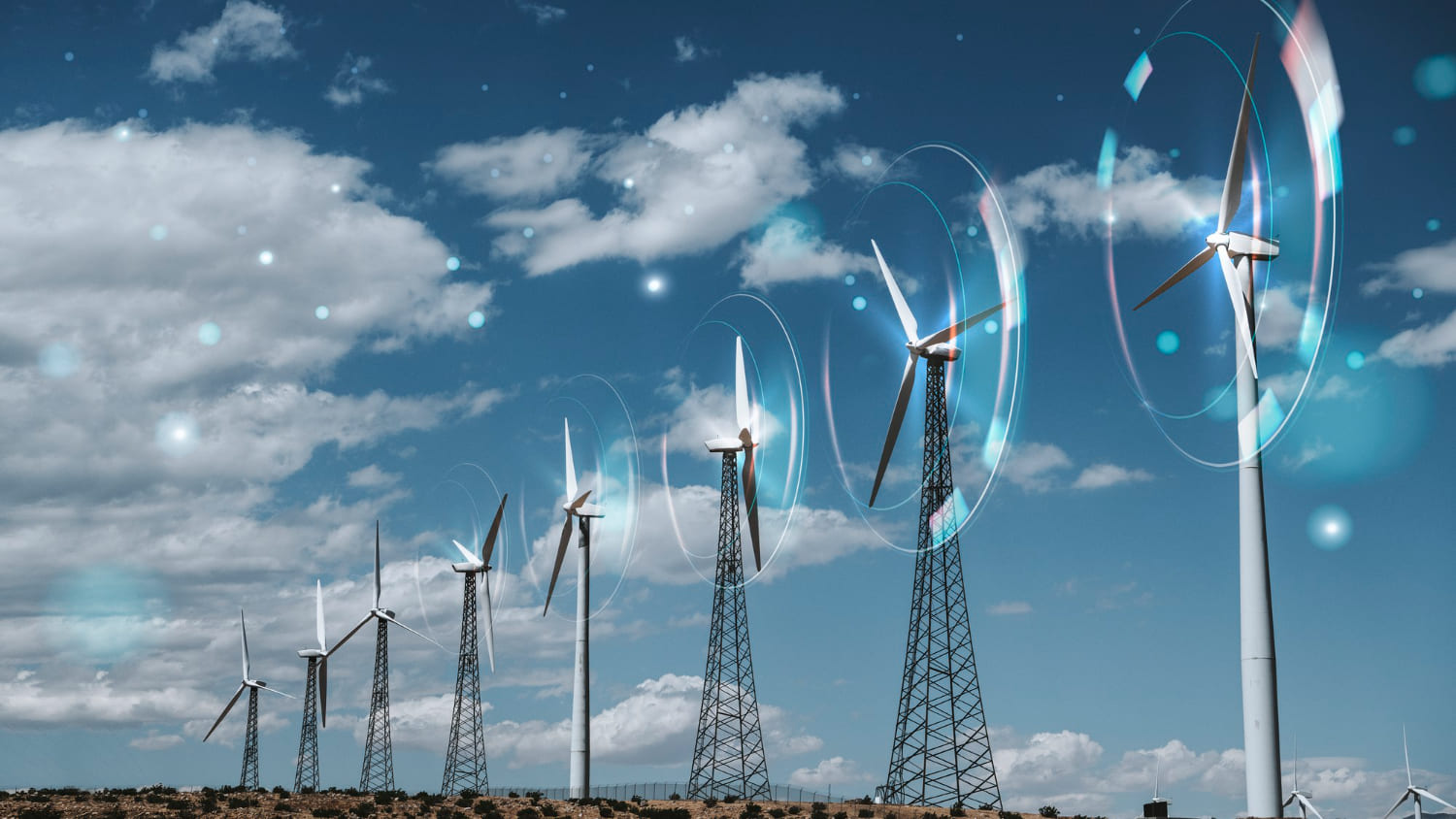Decarbonising Power
Renewables, Storage, and the Role of AI

The world is in the middle of a massive energy transformation. For decades, coal, oil, and gas have powered our homes, factories, and cities. But they have also fueled the climate crisis. Today, the race is on to decarbonise power — to cut greenhouse gas emissions from the electricity we produce and use.
This shift isn’t just about saving the planet. It’s about building a resilient, affordable, and smarter energy system that can support the growing demands of modern economies. And three forces are at the heart of this transition: renewables, storage, and artificial intelligence (AI).
Let’s break down how each of these is shaping the future of clean power.
The Renewable Energy Avalanche
Let's start with some numbers that would have seemed impossible just a decade ago. In 2023, renewable energy accounted for 73% of all new power capacity added globally. Solar and wind didn't just grow—they dominated. Solar power alone saw costs plummet by 85% over the past decade, making it the cheapest source of electricity in most parts of the world.
But here's what's really remarkable: this isn't happening because governments forced it. It's happening because renewable energy now makes pure economic sense. In many regions, it's actually cheaper to build new solar and wind farms than to keep existing coal plants running.
Take India, for example. The country that was once synonymous with coal-fired power is now adding renewable capacity at breakneck speed. Indian solar prices have fallen to just ₹2 per unit in some auctions—cheaper than any fossil fuel alternative. The result? India is on track to achieve 175 GW of renewable capacity by 2025, with solar leading the charge.
The renewable revolution isn't just about the big utility-scale projects you see sprawling across deserts and hillsides. Rooftop solar is transforming millions of homes and businesses into mini power plants. In countries like Germany and Australia, some neighborhoods now generate more electricity than they consume during sunny days, completely flipping the traditional model of centralized power generation.
The Storage Game Changer

But here's the challenge that has puzzled energy experts for years: the sun doesn't shine at night, and the wind doesn't blow on demand. For decades, this intermittency problem was the fossil fuel industry's favorite argument against renewables. "You'll always need backup power," they said. "Renewables can't provide baseload electricity."
Enter battery storage—the technology that's turning this argument on its head.
Battery costs have followed the same dramatic downward trajectory as solar panels, falling by 90% over the past decade. What once seemed like an expensive luxury for tech enthusiasts is now becoming standard equipment in power systems worldwide.
Consider what happened in South Australia in 2017. The state installed the world's largest lithium-ion battery—Elon Musk's famous "100 days or it's free" project. Skeptics called it a publicity stunt. But within its first year of operation, the battery had saved consumers millions of dollars by stabilizing the grid and providing emergency power during outages. It paid for itself in just over two years.
Today, battery storage installations are popping up everywhere. From massive grid-scale facilities that can power entire cities for hours, to home batteries that store rooftop solar for evening use, storage is solving the intermittency puzzle piece by piece.
But batteries are just one part of the storage story. Pumped hydroelectric storage—essentially giant water batteries that pump water uphill when power is cheap and release it through turbines when power is needed—remains the most widespread form of grid-scale storage. Newer technologies like compressed air storage, hydrogen production, and even gravity-based systems are emerging to provide storage solutions for different timescales and applications.
AI: The Brain of the New Grid
While renewables and storage provide the muscle of the decarbonized grid, artificial intelligence is becoming its brain. The traditional power grid was designed for predictable, controllable fossil fuel plants. But managing millions of solar panels, wind turbines, batteries, and electric vehicles requires a level of complexity that human operators simply can't handle.
This is where AI shines. Machine learning algorithms can predict renewable energy output hours or even days in advance by analyzing weather patterns, satellite imagery, and historical data. They can optimize when to charge batteries, when to start backup generators, and when to encourage consumers to shift their electricity usage to times when clean power is abundant.
Google's DeepMind made headlines when it increased wind power output by 20% simply by using AI to predict wind patterns and optimize turbine positioning. Similar AI systems are now being deployed across power grids worldwide, making renewable energy more reliable and efficient than ever before.
Smart grids powered by AI can also manage demand in real-time. Instead of just building more power plants to meet peak demand, AI systems can coordinate with smart appliances, electric vehicles, and industrial equipment to shift electricity usage to times when clean power is plentiful and cheap. Your electric water heater might heat up during the day when solar power is abundant, storing thermal energy for evening showers.
The Ripple Effects Beyond Electricity

The implications of power sector decarbonization extend far beyond just cleaner electricity. As the grid gets cleaner, everything else that uses electricity becomes cleaner too. Electric vehicles become true zero-emission transportation. Heat pumps become a clean alternative to gas heating. Even industrial processes that run on electricity get a carbon reduction boost.
This creates a virtuous cycle. As more sectors electrify to take advantage of clean power, electricity demand grows, creating more market opportunities for renewable energy and storage. The economic case for clean power gets stronger, which accelerates the retirement of fossil fuel plants, which makes electricity even cleaner.
Countries like Norway and Costa Rica are already generating nearly 100% of their electricity from renewable sources. While these nations have unique geographical advantages, they're proving that a fully renewable power system isn't just possible—it's practical.
The Road Ahead: Challenges and Opportunities
Despite the remarkable progress, significant challenges remain. Grid infrastructure built for centralized fossil fuel plants needs massive upgrades to handle distributed renewable energy. Regulatory frameworks designed for monopoly utilities are struggling to adapt to a world of prosumers—consumers who also produce electricity.
The workforce transition is equally important. Coal plant workers need retraining opportunities in renewable energy and grid modernization. The good news is that the clean energy sector is creating jobs faster than fossil fuel jobs are disappearing, but ensuring a just transition requires deliberate policy attention.
International cooperation is crucial too. Solar panels might be manufactured in China, wind turbines assembled in Europe, and batteries produced in Korea, but they're all working toward the same global goal of decarbonizing power systems.
Conclusion
The decarbonisation of power isn't just an environmental imperative, it's becoming an economic inevitability. As renewable energy costs continue falling, storage technologies improve, and AI systems become more sophisticated, clean electricity is simply becoming the better option.
For businesses, this transformation offers opportunities to reduce energy costs while meeting sustainability goals. For consumers, it promises cheaper, cleaner, and more reliable electricity. For the planet, it represents our best hope for limiting climate change while maintaining modern standards of living.
The power revolution is already underway. The question isn't whether we'll decarbonize electricity, it's how quickly we can make it happen. With renewables, storage, and AI working together, that future is arriving faster than most people ever imagined possible.




